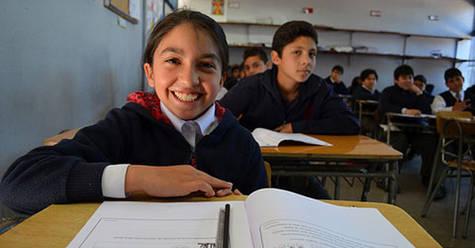
Learning surveys such as the Third Regional Comparative and Explanatory Study (TERCE) allows an examination of the impact of bullying on learning outcomes in the Latin American (LA) region. Importantly, the breadth of information on family, neighbourhood, school factors included in learning surveys can, with an appropriate analysis, guide effective policies to minimise the negative effects of bullying on learning as well as for comparing what works for each country within the LA region. Being bullied is known to significantly lower students’ achievement and it has other long-term negative consequences making this a particularly important social and economic issue all over the world. Studies using the Health Behaviour in School-aged Children (HBSC) and Global School-based Health Survey (GSHS), estimate that 30% of adolescents report being the target of bullying across five regions covering 72 countries. Given the importance of improving the quality of learning in schools as an important part of the post-2015 development agenda, this is now a more pressing issue for less developed regions. Against this backdrop, we recently published an article in the International Journal of Educational Development with new evidence for the association of bullying with learning scores as well as for non-cognitive outcomes for sixth grade students in 15 Latin American countries using the Third Regional Comparative and Explanatory Study (TERCE) learning survey of 2013.
